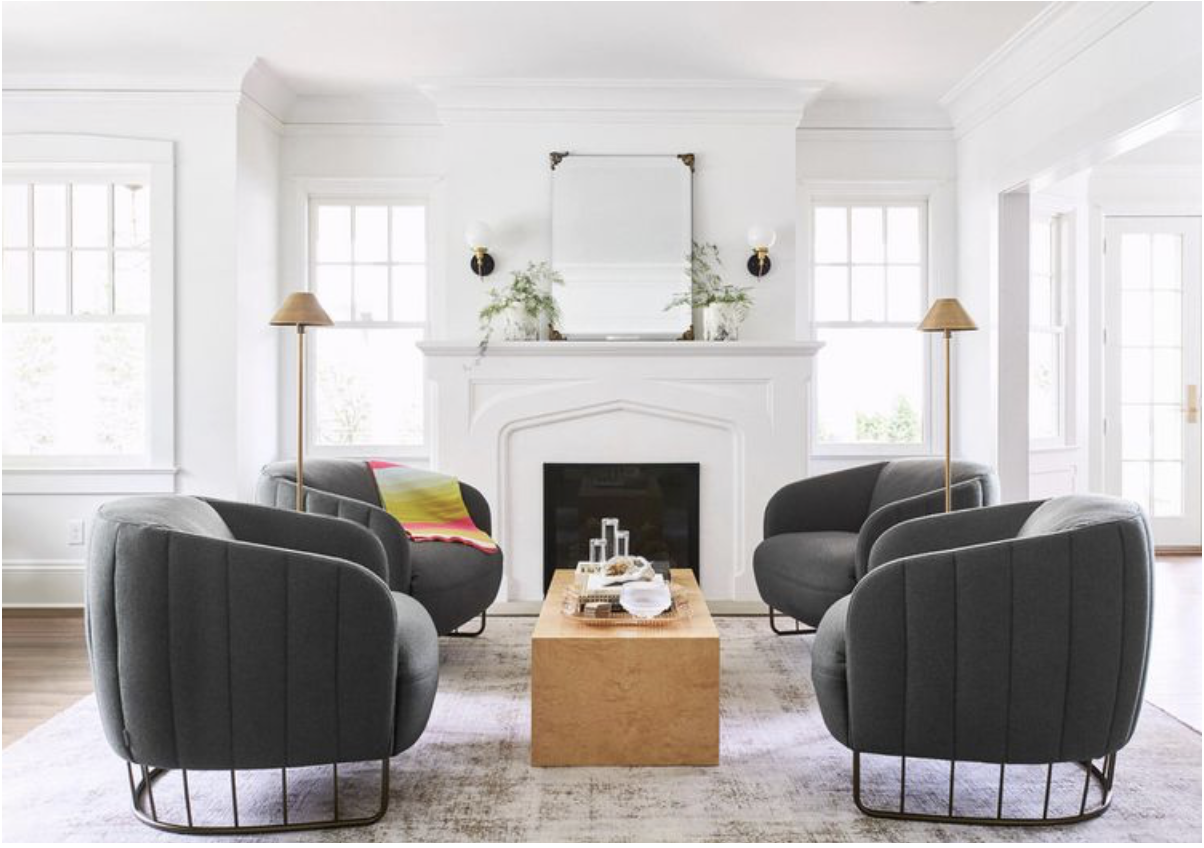Small rooms can be some of the most charming spaces in a home — but only if they’re thoughtfully designed. When a room is tight on square footage, every choice matters. From furniture scale to color palette, the right decisions can transform cramped into cozy, and cluttered into chic.
Here’s how to make the most of a small space without sacrificing style.
1. Start with the Right Layout
Before you think about color or accessories, get your layout right.
Float furniture: Instead of pushing everything against the walls, try placing a sofa or chair slightly away from the wall to create a more open feel.
Use multipurpose pieces: A storage ottoman can serve as a coffee table, footrest, and hidden storage in one.
Mind the flow: Leave clear pathways so movement feels easy and natural.
2. Choose the Right Scale
Oversized furniture can overwhelm a small room, but going too small can make it feel like a dollhouse.
Look for low-profile seating that leaves more visual space above.
Opt for slender legs on chairs and sofas to create a lighter, airier feel.
Use fewer, larger pieces instead of many tiny ones — this reduces visual clutter.
Source: Kim Cornelison
3. LIGHT IT UP
Good lighting makes a small room feel more expansive.
Layer your lighting with a mix of overhead, table, and floor lamps.
Bounce light around with mirrors to double the sense of space.
Avoid heavy window treatments that block natural light; go for sheer panels or shades instead.
4. STICK TO A COHESIVE COLOR PALETTE
Keeping your colors in the same tone family creates flow.
Light, warm neutrals make a space feel airy and inviting.
Add depth with one or two accent colors in pillows, throws, or art.
Monochromatic schemes can elongate the space visually.
Source: Lisa Romerein
5. Style with Intention
In a small room, every decorative choice counts.
Go vertical with wall-mounted shelves to store and display without eating floor space.
Use a statement piece — like a bold rug or art — to anchor the room.
Edit often: Regularly remove what you don’t use or love.
💡 Pro Tip: In small spaces, negative space is as important as what you put in. Give the eye room to “rest” so the space doesn’t feel overcrowded.



